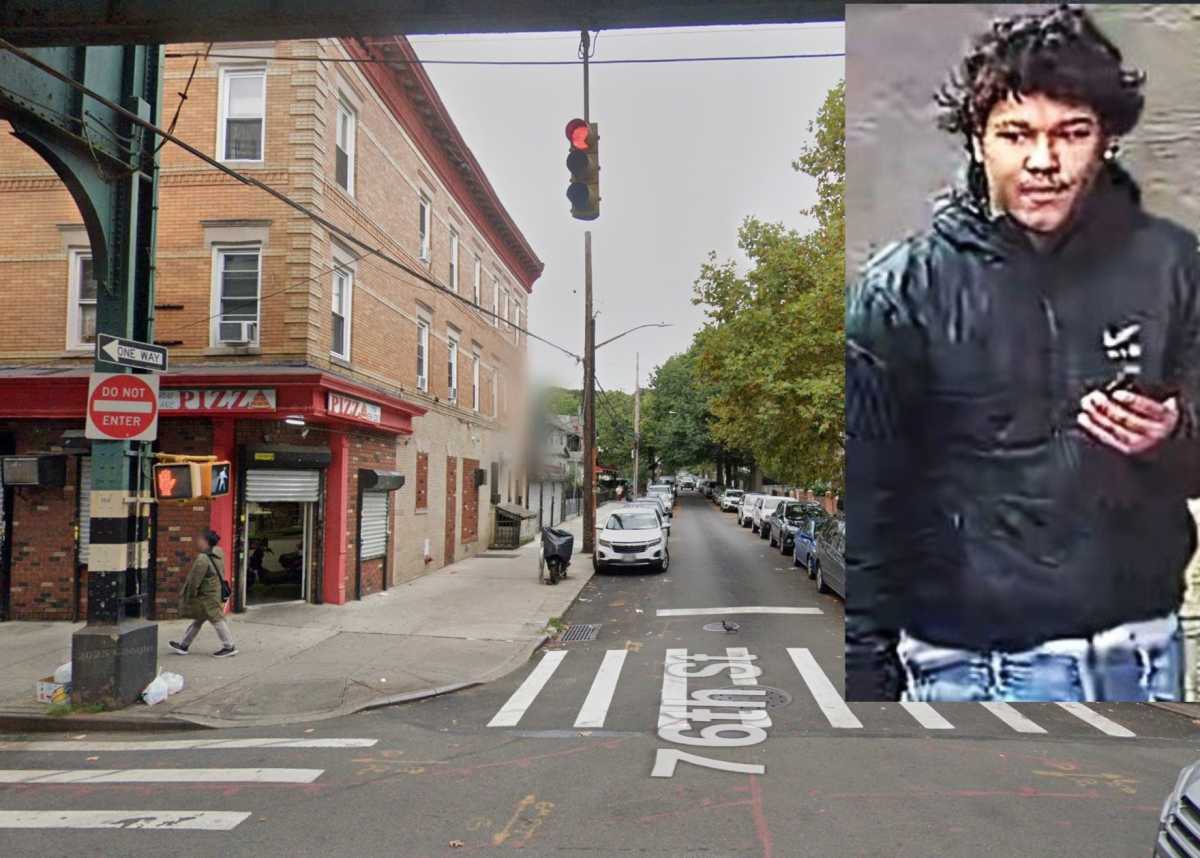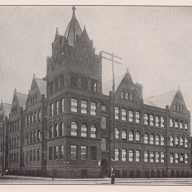Local residents who gathered to eat their Sunday brunch at the Crossroads Diner at the intersection of Jackson Avenue and 11th Street in Long Island City, looked out at three new high-rise residential buildings and tried not to lose their breakfast.
Though they welcomed the new developments and their new neighbors, they worried about one major thing – parking.
“Long Island City (LIC) does not have a hardware store, no reasonably affordable supermarket,” said Kenny Greenberg, a local artist and resident of LIC for 18 years. “The basics are not here, so we need our cars.”
Although it is only a couple of train stops from Manhattan, residents in LIC have lived in a relative construction calm compared to other areas of the city. However, like many other neighborhoods, LIC began to undergo a development facelift and population growth spurt that has now caused a headache in parking and transit issues.
“We are having problems right now with parking and traffic with more people living in the community,” said Joseph Conley, chairperson at Community Board 2, which covers Long Island City, Woodside and Sunnyside. “We’ve always had competition for parking, but now it’s magnified.”
Some developments, said Conley, offer internal parking lots, however, people still park outside to avoid paying the monthly or yearly fees involved with reserving a spot.
According to a sales representative at L Haus located at 11-02 49th Avenue, to park in one of the 48 spots available would cost residents approximately $250-300 per month at the market rate. Next door, at Hunter’s View Condos, located at 48-15 11th Street, the limited parking spots available to the purchasers of the two- to three-bedroom apartments go for an additional $75,000, a sales representative confirmed.
Couple the increase of people and cars in LIC with the number of unmetered streets, streets without alternate side of the street cleaning regulations or other parking restrictions, where according to board chairperson Conley “people are parking cars that never move” and where “outside people [non-residents] park their cars too,” and the frustration of locals at the lack of city planning continues to grow.
“The good news is that the neighborhood is expanding,” said Conley. “The bad news is that the neighborhood’s growing.”
A Department of Transportation (DOT) official said that LIC is mostly zoned for industrial and manufacturing uses and that usually alternate side of the street parking (ASP) and meters are found more in residential and commercial districts. As a result, out of the 23,000 available parking spots, 67 percent did not have meters. In addition, LIC had no street cleaning regulations that they found.
However, “DOT has been looking at the area as far as the overall parking inventory in that community and the various parking regulations,” said Scott Gastel of the DOT press office. Gastel added that if the community feels there is a situation the process would be for the Community Board to contact Sanitation who arranges for ASP, which creates a break in the squatting for parking spots. DOT would handle metered parking but that involves an overall parking assessment.
A response from Community Board 2 regarding the Board’s effort to reach out to DOT and Sanitation was not received before press time.
Though Long Island City has started to get the attention and recognition for the views of the Manhattan skyline and the strong artist community in the area, for the neighborhood the development has been a mixed blessing.
“I’m not opposed to development, but development here has been irresponsible,” said Diane Hendry, a local designer and resident of LIC. “It’s like putting all this artwork together and calling it a museum.”
































